Castlereagh flood evacuation upgrade rejected: Fresh scrutiny on infrastructure NSW decision
There are calls for a government executive to be sacked after she told a western Sydney council there was “low probability” of major flooding and that it was “difficult to justify the economic benefit” of a major flood evac route.
Penrith
Don't miss out on the headlines from Penrith. Followed categories will be added to My News.
Western Sydney residents have called for renewed scrutiny into flood evacuation routes surrounding the Nepean and Hawkesbury rivers following this month’s devastating floods.
It follows NewsLocal’s revelation in January that a senior infrastructure boss had rejected calls for a fast-track of a $1.8bn upgrade to a long-promised evacuation route from Yarramundi to the M7 at Hassall Grove.
The rejection came months before devastating floods decimated the Nepean and Hawkesbury Valley. And has led to calls for her to be sacked and replaced with an expert panel.
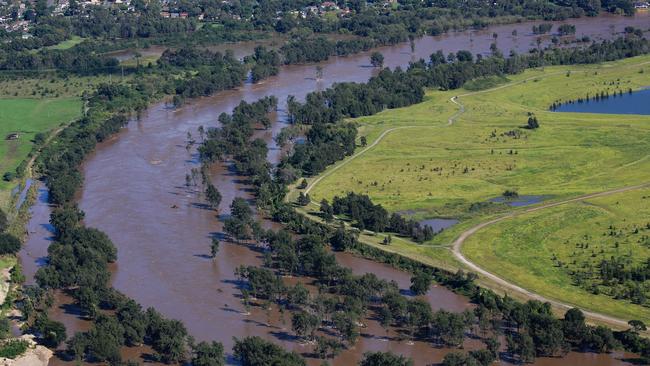
In early 2020, Penrith City Council called on the NSW Government to accelerate funding and construction of the Castlereagh Connection, which was proposed as early as 1951.
It would link the lower Blue Mountains, Castlereagh and Cranebrook through the Bells Line of Road to the M7 in an effort to improve and increase flood evacuation routes through possible flood-affected communities.
However, Infrastructure NSW water planning executive director Maree Abood said: “While a significant flood event has high impact, given its low probability it is difficult to justify the
economic benefit when compared with the high cost of building the Castlereagh Connection”.
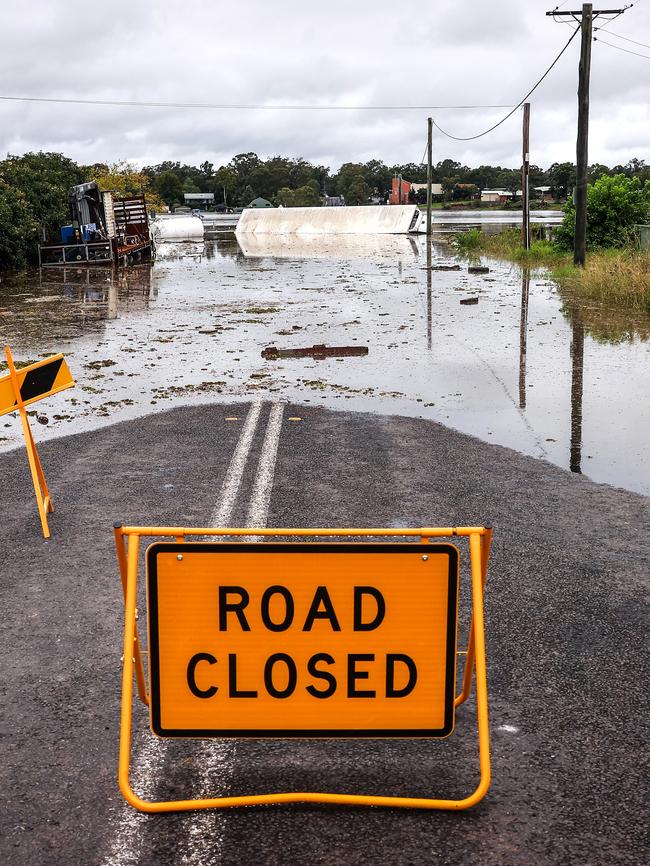
The decision not to fast track the upgrades was made in mid-2020.
“While the Castlereagh Connection would support flood evacuation, the cost would be significant and would only be economically viable subject to traffic demand and related to changes to surrounding land uses,” she told council officers following their calls.
Ms Abood admitted the design for the Castlereagh Connection included “allowance for immunity” to flood events up to and including the one in 100 year floods, however, shut down the requests to fast-track the vital infrastructure project.
GIVE A DAM community spokesman Harry Burkitt has called Ms Abood to now be sacked, telling NewsLocal the executive has “controlled the funds available to mitigate flood risk in western Sydney” for several years.
“Her flood-plain directorate continues to obsess over the $4.5 billion project to raise the Warragamba Dam wall and refuses to fund much-need flood evacuation roads in Penrith, Richmond and Windsor,” he said. “Ms Abood’s position should be immediately replaced with an expert roundtable who can objectively examine flood mitigation options that protect lives and property in western Sydney.”
An Infrastructure NSW spokeswoman told NewsLocal there were no large scale evacuations called during recent flooding, “only localised evacuations, and there was no significant congestion on the existing evacuation road network”.
“Research has shown the proposal to raise Warragamba Dam for flood mitigation will delay and lower the flood peak to improve evacuation and reduce significant risk to people who live and work in the floodplain. It is the single most effective measure to support evacuation,” she said. “It also reduces flooding and damages to people’s homes, businesses and communities, which roads do not.
“Road improvements are nonetheless an important element of the Hawkesbury Nepean Flood Strategy. Under the Strategy, Transport for NSW has undertaken analysis for the Hawkesbury-Nepean Valley Flood Evacuation Road Resilience Upgrade Program.”
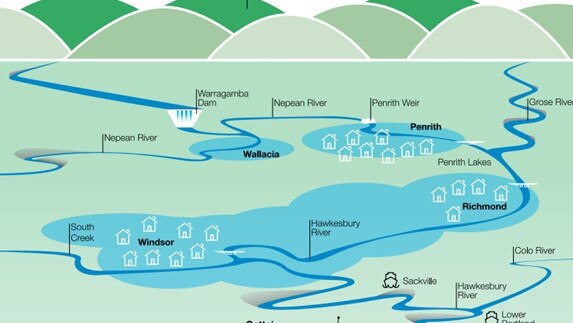
The Castlereagh Connection was identified by Transport for NSW as a “medium to longer term” project for the Future Transport 2056.
Western Sydney Minister Stuart Ayres said he has supported the Castlereagh Connection for many years.
“The Castlereagh Connection should be a high priority for all governments,” he said.
“It would provide additional flood evacuation routes to those in the Hawkesbury and Castlereagh areas.
“Roads, like raising the Dam wall is just one of many actions required to make the Hawkesbury-Nepean a more flood resilient community.”
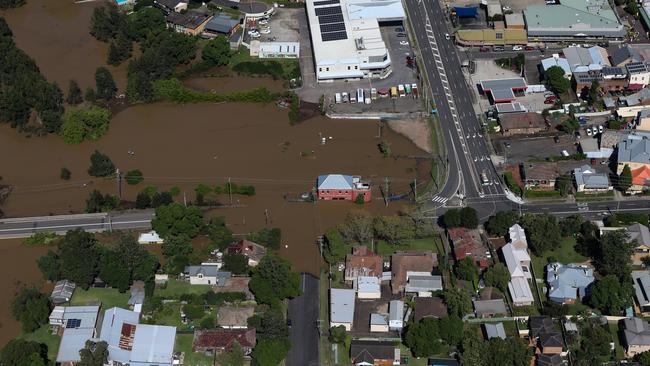
Penrith Council’s proposal for the flood evacuation route called for the staged development of a 21km Castlereagh Connection from Yarramundi via Castlereagh to Hassall Grove at the M7 — anticipating a total cost of just over $1.8 billion.
“Castlereagh Connection could be delivered in stages, which would realise immediate, incremental benefits, particularly congestion and flood evacuation. It could also be built with a single lane in each direction initially, with capacity for widening in the future,” a council report said. “Stage one — M7 to The Northern Rd will support flood evacuation for around 13,000 vehicles and support east west movement from The Northern Road/Londonderry Rd intersection.
“Stage 2 — The Northern Rd to Castlereagh Rd will realise a broader flood evacuation catchment (up to 24,000 total in a major flood event) and provide a higher order road than the existing Regional Evacuation Route.”
A final business case for the ongoing Flood Strategy for the Hawkesbury-Nepean Valley, including for the Warragamba Dam raising proposal, will be considered by Government over coming months.
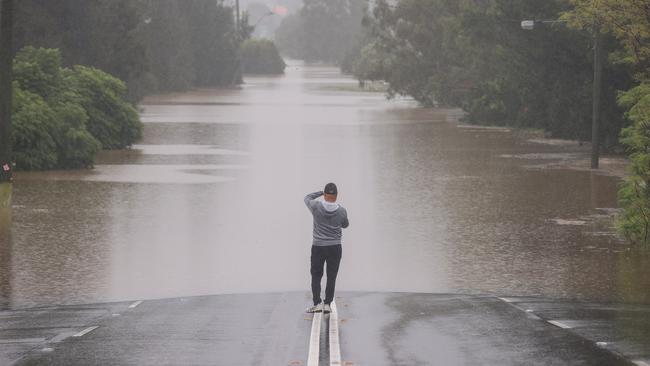
EARLIER:
Shocking flood maps not enough to spur government action
On january 25, 2021
Pleas to upgrade flood evacuation roads in the Hawkesbury-Nepean Valley following “grave concerns” around existing regional evacuation routes have been knocked back by the NSW Government.
In mid-2020, Penrith City Council called on Infrastructure NSW to consider the acceleration of plans for the Castlereagh Connection — proposed as early as 1951 — connecting the lower Blue Mountains, Castlereagh and Cranebrook through the Bells Line of Road to the M7 in an effort to improve and increase flood evacuation routes through possible flood effected communities.
“Council’s own independent modelling … suggests the Castlereagh Connection has substantial cost benefit in terms of easing congestion, flood evacuation and freight and travel savings,” Penrith Council Engineering Services Manager Adam Wilkinson argued.
However, NSW Infrastructure’s Hawkesbury-Nepean Valley flood risk management head, Maree Abood told the council “while significant flood event has high impact, given its low probability it is difficult to justify the economic benefit when compared with the high cost of the Castlereagh Connection”.
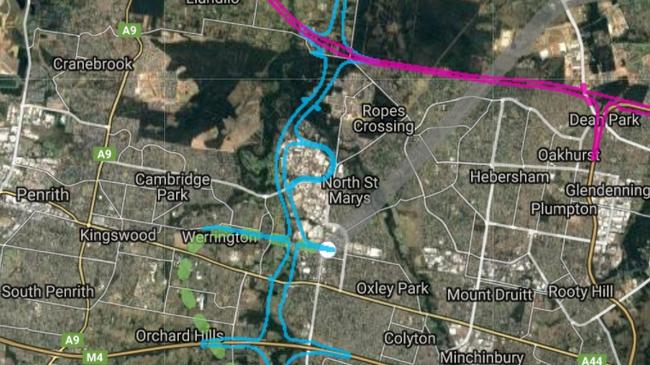
The criticism of the bid to fast-track the transport link comes after Infrastructure NSW revealed a $2 billion price tag to raise the Warragamba Dam Wall.
“Transport for NSW has advised that the Castlereagh Connection is currently not prioritised and, therefore, no funds are available to undertake a business case,” Ms Abood said.
“If, through a business case process, the NSW Government considers the Castlereagh Connection is to be cost effective, it would be subject to the same prioritisation mechanism and funding availability as other competing state initiatives.”
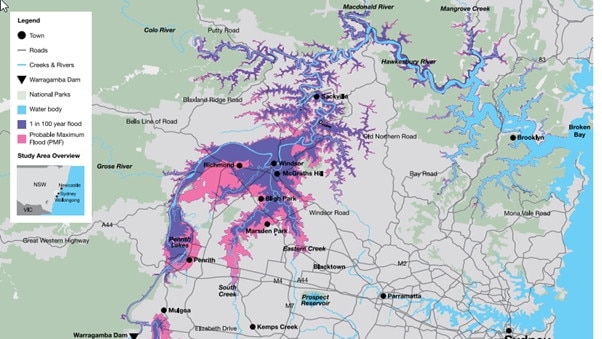
Australian National University Fenner School of Environment and Society’s Environmental Policy in Water Management professor Jamie Pittock described the refusal as “poor decision-making by the NSW Government”.
“Unregulated spots along the river system could still result in major flooding, even if the Warragamba Dam wall is raised,” he said. “Infrastructure NSW are putting all their eggs in one basket.
“The strategy used to justify the construction of the dam was very selective and failed to take into account other interventions like building flood roads — which have day-to-day benefits for motorists.”
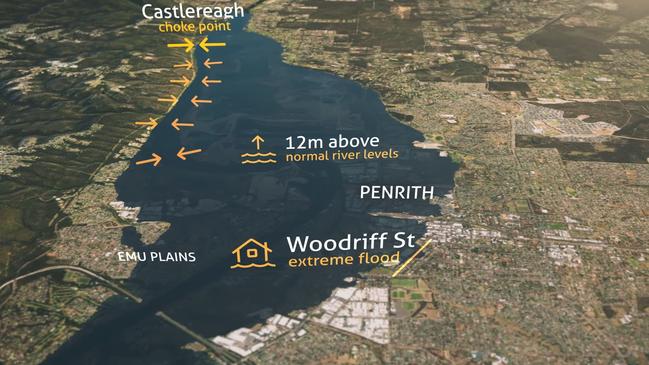
The flood specialist said as many as 5000 homes would still be at risk due to unregulated creeks in the Hawkesbury-Nepean Valley during one in 100 year events.
“The problem with Western Sydney is all of the evacuations roads would be cut off with small floods — they could be leaving residents stranded.
“Evacuation roads are key in reducing risk.”
An Infrastructure NSW spokesman said the government was “planning for the long-term transport needs of Western Sydney by protecting the Castlereagh Connection corridor to provide for forecast growth in the region”.
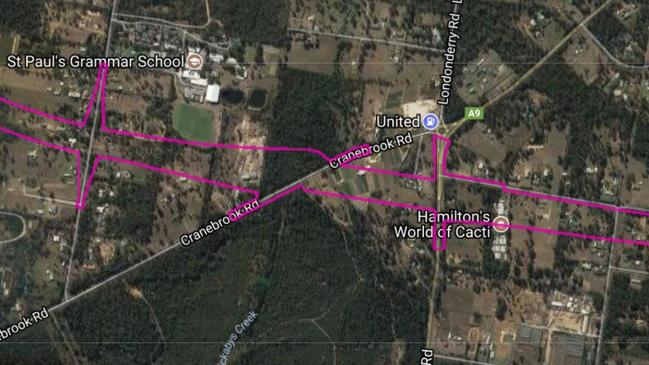
“The construction of the Connection would be a large-scale project, the timing of which is yet to be determined,” he said.
“As part of the ongoing work of the Flood Strategy for the Hawkesbury-Nepean Valley, the NSW Government is continuing to consider all available options to reduce flood risk.
“A detailed Environmental Impact Statement for the dam raising proposal is currently being finalised. The final decision on the proposal will only be made after all environmental, cultural, financial and planning assessments are complete.”
Western Sydney Minister Stuart Ayres said he was a strong supporter of the Castlereagh Connection as it was a “critical connection for the future economic growth of greater Penrith”.
“It should come under strong consideration by both state and commonwealth governments in their future budgets,” he said.
Penrith Council was contacted for comment.



